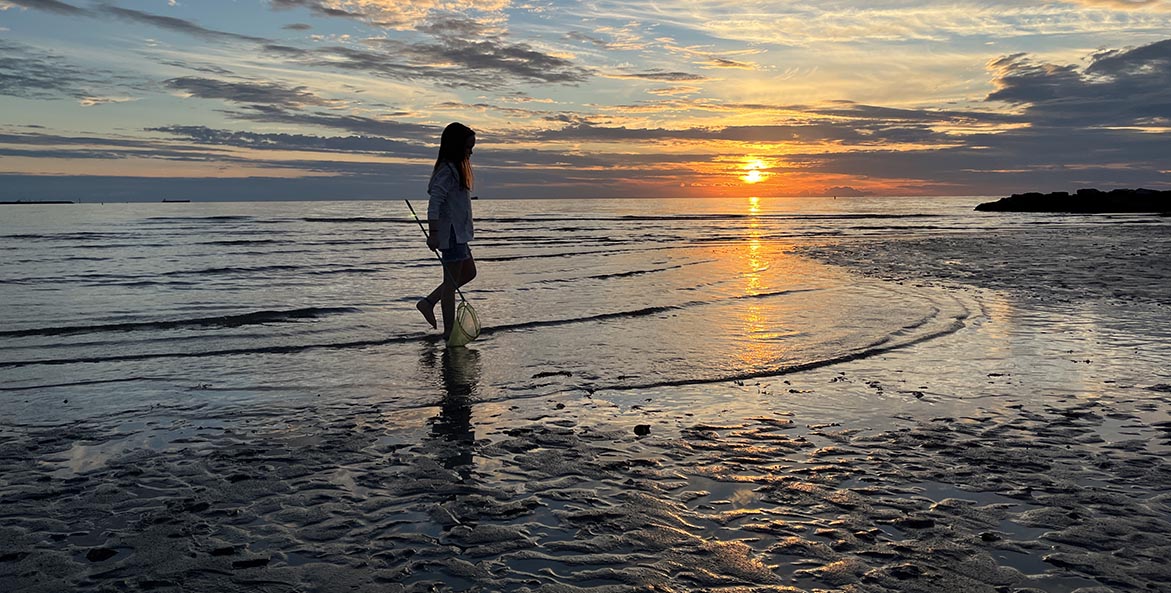This post was originally published in the Bay Journal on May 23, 2023.
What does it mean to save the Bay? That is the question we should be asking ourselves after reading the latest report from the Chesapeake Bay Program’s Science and Technical Advisory Committee.
The 132-page Comprehensive Evaluation of System Response is a painstakingly detailed examination of why progress to save the Bay has been slower than expected and is anticipated to take a lot longer.
After reading the report, with all the challenges it points to, I’m more energized than ever and hopeful this is our chance for a modern environmental awakening.
For the roughly half-century history of the environmental movement, we have been yearning to return to a pre-colonial time of clearer water, cleaner air and more abundant wildlife. We’ve sought to restore what was lost and preserve what is left.
This made sense in a world on fire from pollution and struggling to accommodate a skyrocketing population. But despite enormous effort and incredible progress in many areas, the resources we’ve sought to protect are still at grave risk. The water is not clean enough. The air is not safe enough. The wildlife continues to disappear. And climate change—not seriously considered 50 years ago—is an existential and immediate threat to all of us.
It’s not that we’ve failed. We have cleaner water and cleaner air than when we started. It’s that in trying to recreate the past, we’ve too often neglected to build for the future.
Saving what is most precious to us isn’t a matter of turning back the clock to an idealized time when nature flourished and human influence was minimal. It’s creating a future in which humans and nature flourish together.
The world we live in today and the scale of the threats we face demand a new approach, one that builds on what has worked and looks forward, not back. Saving what is most precious to us isn’t a matter of turning back the clock to an idealized time when nature flourished and human influence was minimal. It’s creating a future in which humans and nature flourish together.
Nowhere is there greater opportunity to do this than the Chesapeake Bay watershed. The effort to save the Bay is one of this country’s oldest, most-studied and most successful environmental restoration movements. And rightly so.
Even as a child growing up in Baltimore in the 1980s, when scientists declared the Bay was dying, I fell in love with its mysterious shorelines, the strange snails and fish I encountered while tagging along on assignment with my dad, a landscape photographer.
Later, as a young educator on Port Isobel, an island in the Bay that sits to the west of Virginia’s Tangier Island, I fell in love with its people, among them the watermen who showed me what it was like to live off what the Bay provides.
It’s impossible to separate the two—the people and the place. That’s as true in Baltimore’s bustling Inner Harbor as it is on remote Port Isobel, and it’s a truth I saw repeated across this country’s treasured landscapes while directing programs for the National Wildlife Federation. How can we create a future where both thrive?
To truly succeed in the next chapter of Bay-saving, we’re going to have to widen conservation’s historically narrow lens.
We can no longer assume that all we need for a healthy Bay is enough oxygen in the deepest water—an improvement that is necessary, but not the only goalpost.
The Bay is more than its molecules and more than a piece of water in Maryland and Virginia. It’s the streams our children play in, the shallow-water crab nurseries, and the 18 million people who share its watershed.
The reason progress toward clean water is so difficult is that to achieve it, we need to ask a question we haven’t always asked: What do we need, as humans and communities who love and depend on clean water in our backyards and the totality of riches this watershed provides us?
If we accept that we should seek not to save the Bay from people but for people, we will create a movement and watershed that work for everyone—for us and for nature.
It turns out what we need and what the Bay needs are the same more often than you might think. We both need food systems that take care of the soil, produce nutritious foods that support local communities and economies, and are resilient to a changing climate. We need cities and homes that have green spaces, use energy efficiently and produce as little waste as possible. We need marine resource management that invests in the future by growing and tending the fish populations that support so much business, recreation and wildlife. We need air that is safe to breathe and water that is safe to drink, especially in the environmental justice communities we’ve left behind.
Our task isn’t returning the mighty Chesapeake Bay to a past state, it’s creating a Bay-region ecosystem that is vibrant and functions for all of us, now and in the future. That starts with a shift in focus. We need to look beyond just measuring dissolved oxygen and place more weight on improving habitat in our streams, rivers and marshes—the cradles of life for the Bay.
The Bay will never be saved by only looking backward. It will only be saved by concentrating on the road ahead, targeting our efforts and paying for outcomes that matter most to local communities. And when we succeed here, our success will be the model to follow for all conservation movements.
If we accept that we should seek not to save the Bay from people but for people, we will create a movement and watershed that work for everyone—for us and for nature. That is the opportunity we have together.




